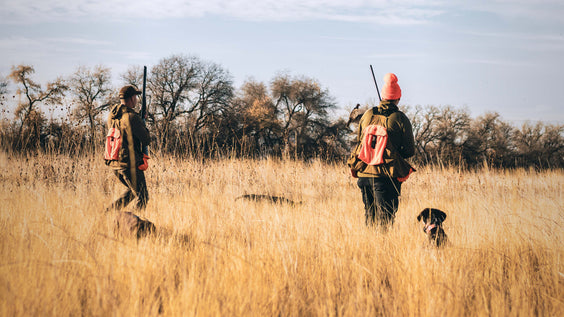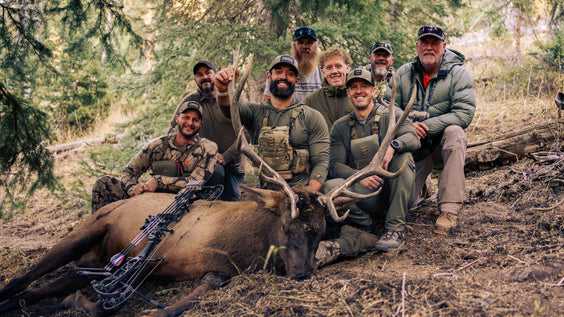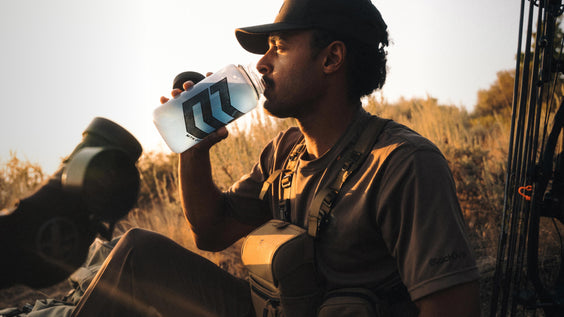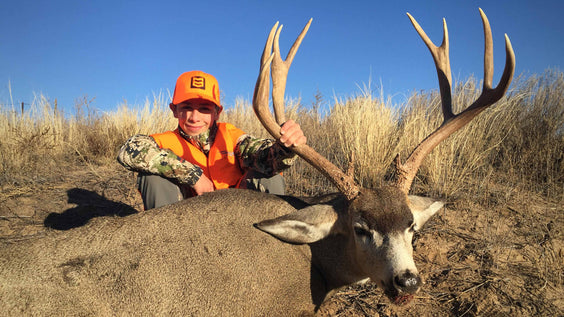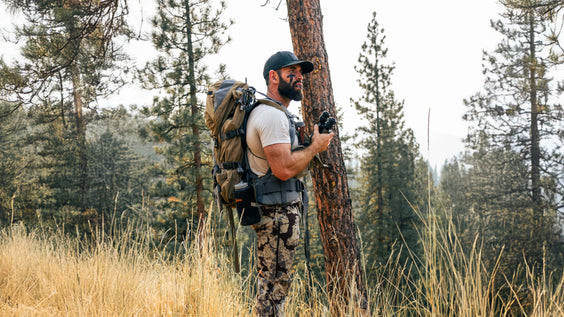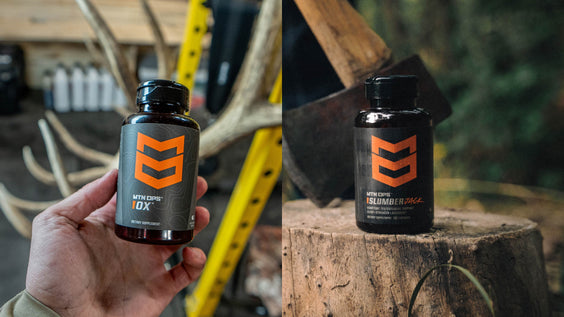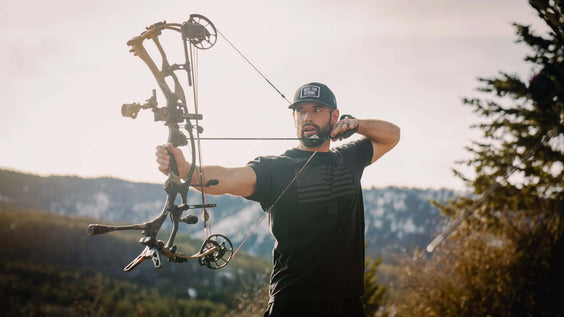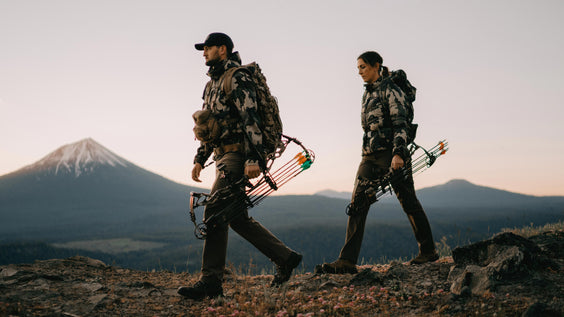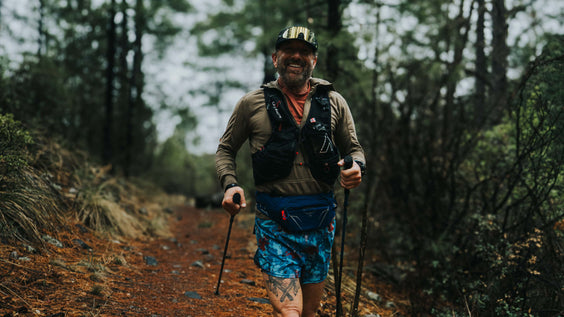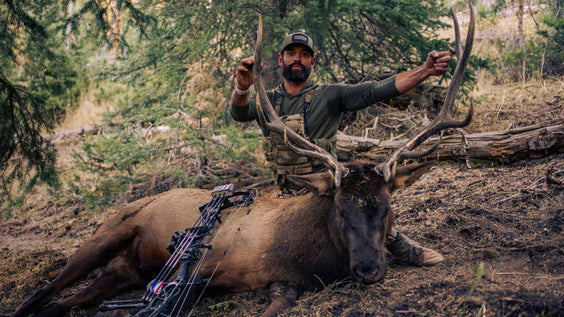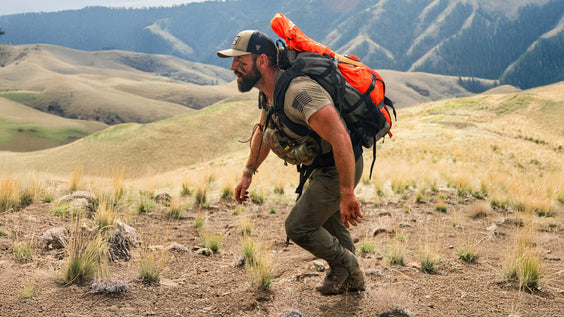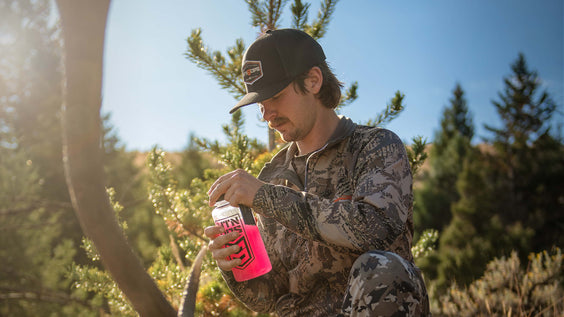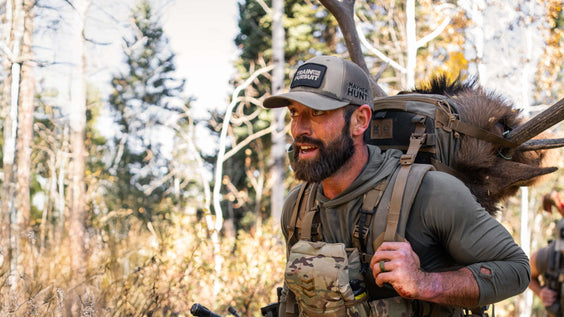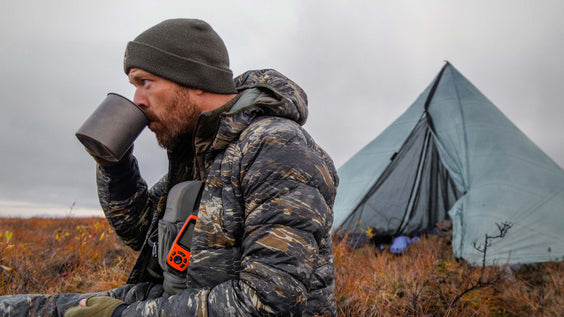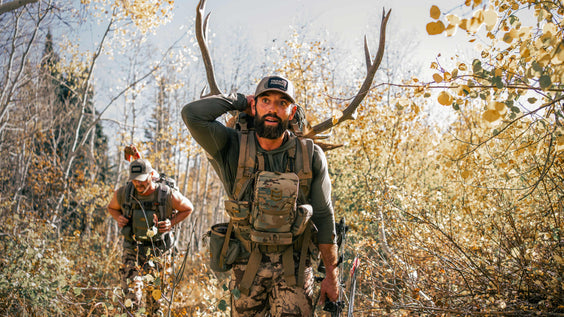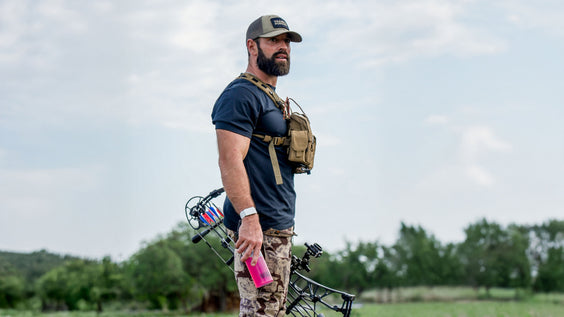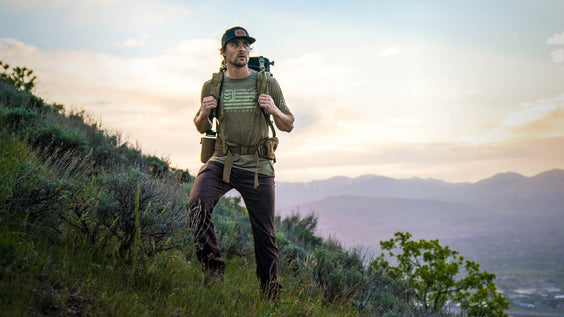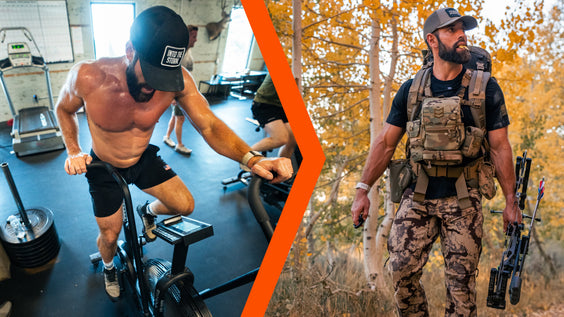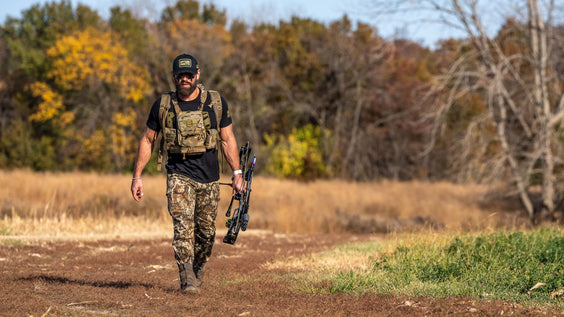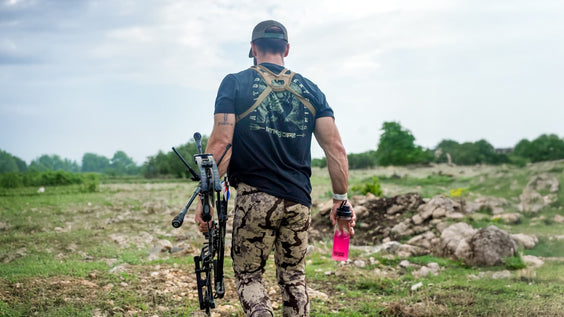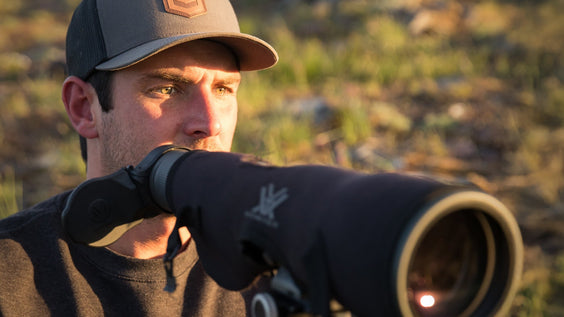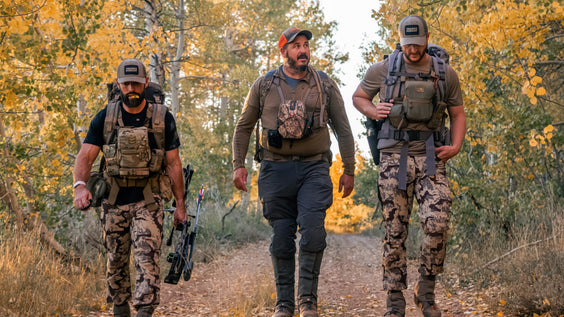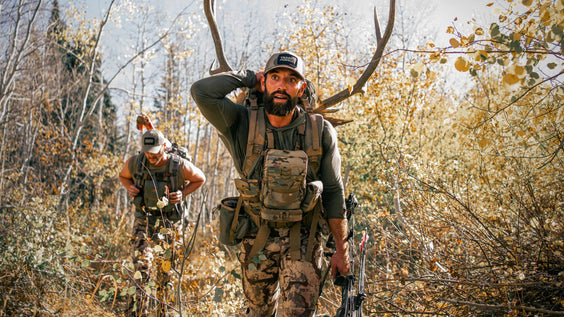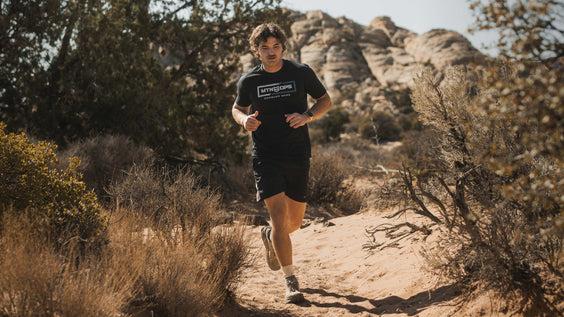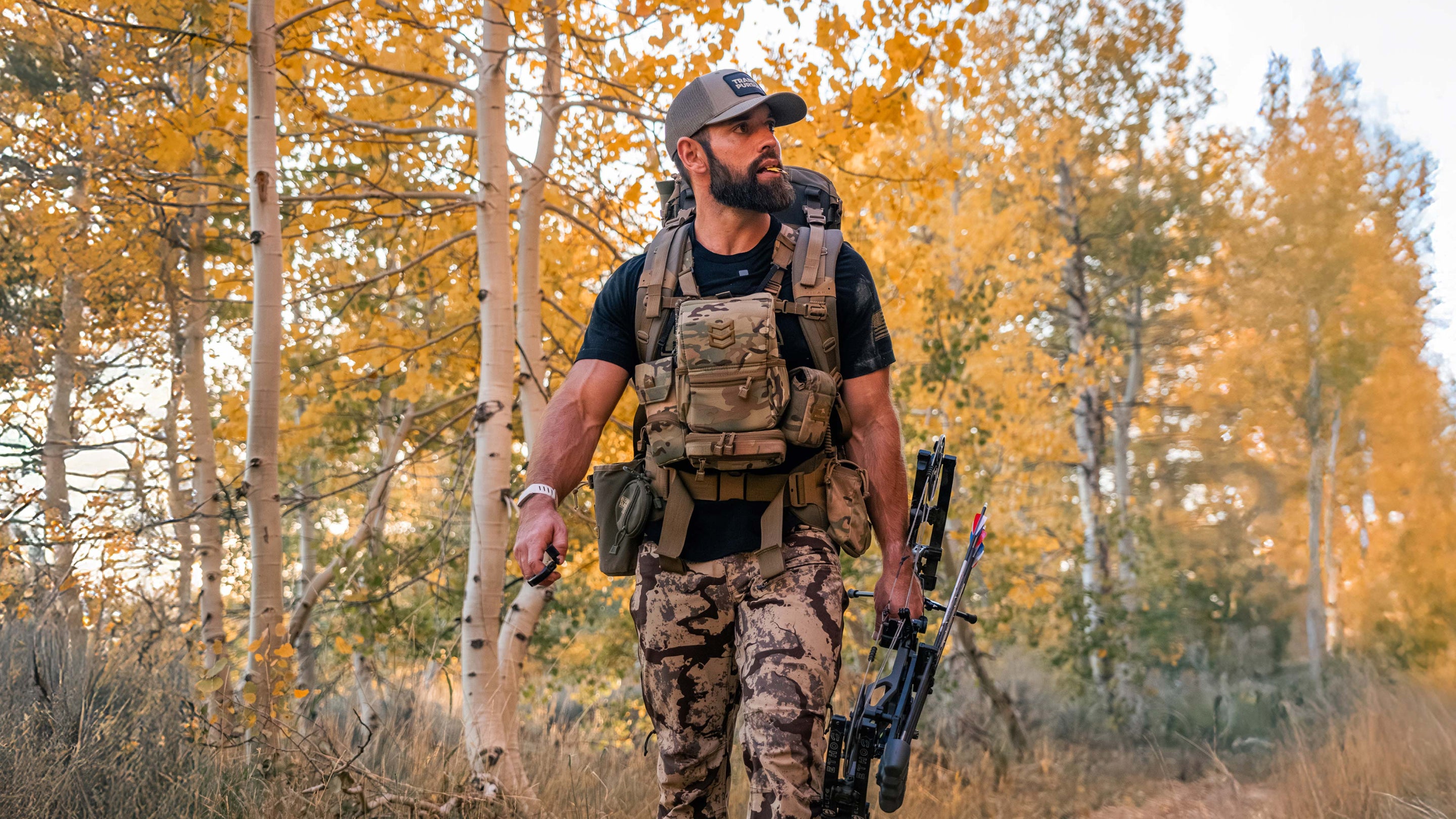
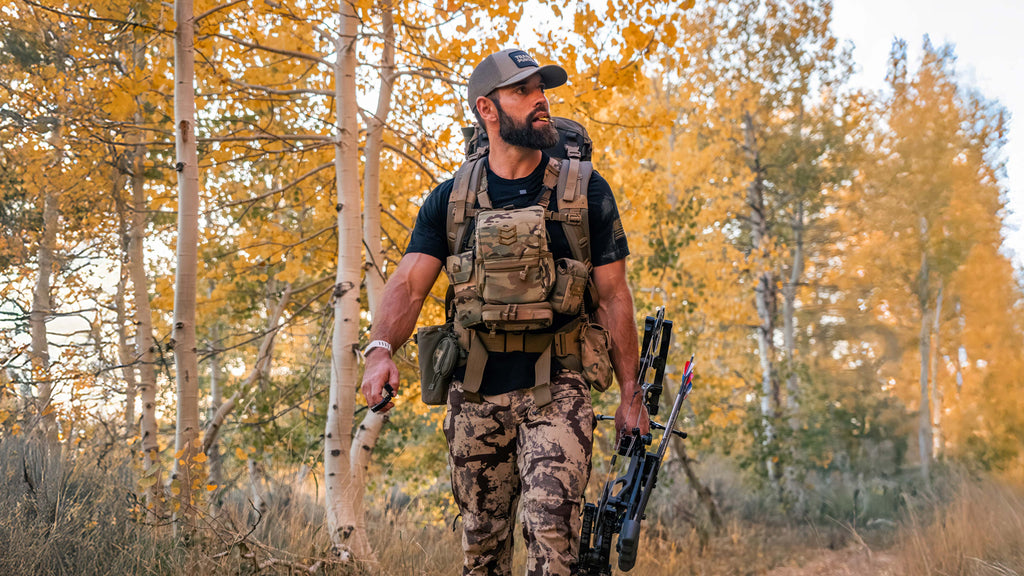
Fitness Friday: Train for the Mountains
Sep 18, 2025
By MTN OPS TEAM
Presented by MTN OPS x MeatEater
If you’ve ever chased elk through the mountains, you know how quickly the terrain can test your body. One moment you’re grinding uphill at a steady pace, the next you’re sprinting to cut off a bugling bull. Hunting isn’t just steady-state endurance, it’s a constant cycle of push and recover, of ramping up the pace and then settling back into a sustainable rhythm.
In this week’s session, we’re breaking down how to train that exact style of effort. By blending high-intensity bursts with controlled recovery, you’ll be better prepared for the unpredictable demands of the backcountry.
Why Train for Push-and-Recover?
Most mountain hunters know the feeling: lungs burning as you hustle to get into position, then trying to catch your breath while still moving forward. Unlike a gym session where you stop completely between sets, the mountains don’t give you rest breaks. You need the ability to:
- Accelerate quickly (to cover ground fast when opportunity calls).
- Recover actively (to keep moving while bringing your heart rate back down).
- Repeat the cycle over and over.
This balance of anaerobic bursts and aerobic recovery mirrors real hunting scenarios and gives you an edge when it matters most.
The Training Approach
To mimic mountain conditions, layer short bursts into your longer endurance sessions. Think of it as adding “hunting intervals” to your base conditioning.
How to Do It:
- Start with a Zone 2 cardio session (easy pace where you can talk, usually 65–75% of max heart rate).
- Every 2 minutes, add a 20–30 second burst at 80% effort.
- Return to Zone 2 and focus on controlled breathing.
- Continue this cycle for the full session.
This method teaches your body to spike intensity, then settle into recovery without stopping, just like you would in the mountains.
Watch on Instagram
Check out how Rich Froning breaks this down.
The Benefits
- Stronger lungs: You’ll be able to handle the burn without breaking down.
- Smarter recovery: Instead of crashing, your body learns to recover while still moving.
- Hunting realism: The unpredictability of bursts and pacing better simulates real mountain hunts.
Final Thoughts
“There’s a huge advantage to being able to hit a burst, then bring your heart rate down without stopping,” says the MTN OPS training team. “In the mountains, you never know when you’ll need that next push.”
Try layering these intervals into your next cardio session and see how it translates when you’re back in the mountains. Train for the unknown, and you’ll always be ready when opportunity strikes.











